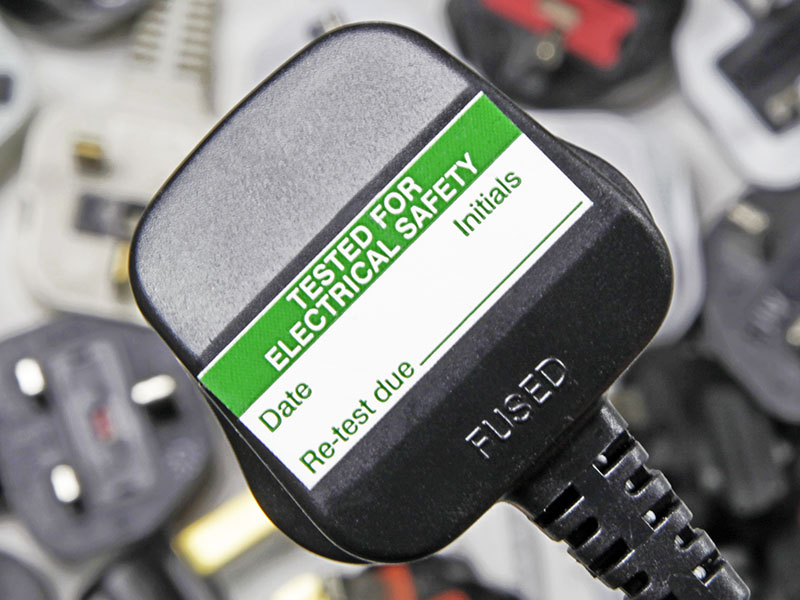The term “portable appliance testing” (sometimes referred to as “PAT,” “PAT Inspection,” or (redundantly) “PAT Testing”) used to describe the inspection of electrical equipment and appliances to determine their safety for use. “In-service Inspection & Testing of Electrical Equipment” is the official name of the procedure. The electrical safety flaws may seen or examined, while some spots can only detected by testing. It is crucial to realise that a visual inspection is critical approach because some types of electrical safety flaws cannot found through testing alone and know about PAT Testing price.
What exactly does PAT mean?
Testing of portable appliances is known as “PAT.” The current legislation does not define “portable appliances accept definition is “any device that has a plug attached to it and plugs into a power outlet and it has a PAT Testing price.”It makes the term “portable” a little misleading. There are seven categories of appliances that ought to take into account for PAT testing or, at the least, visual inspections:
- Fixed equipment
- Permanent appliances
- Electronic devices
- Portable devices
- Travel-friendly appliances
- Cables and power outlets
- Handheld electronics
What occurs during a PAT?
Any electrical maintenance programme can benefit greatly from including a relatively quick user inspection (based on simple training and possibly supported by a quick checklist). Depending on the type, equipment and environment, visual inspection testing by a competent person may also require suitable intervals. As part of the testing process, the apparatus and any flexible cables visually inspected for soundness. Where necessary, the earthing (grounding) continuity is verified, and the insulation between the current-carrying components and any exposed metal that may touch tested.







